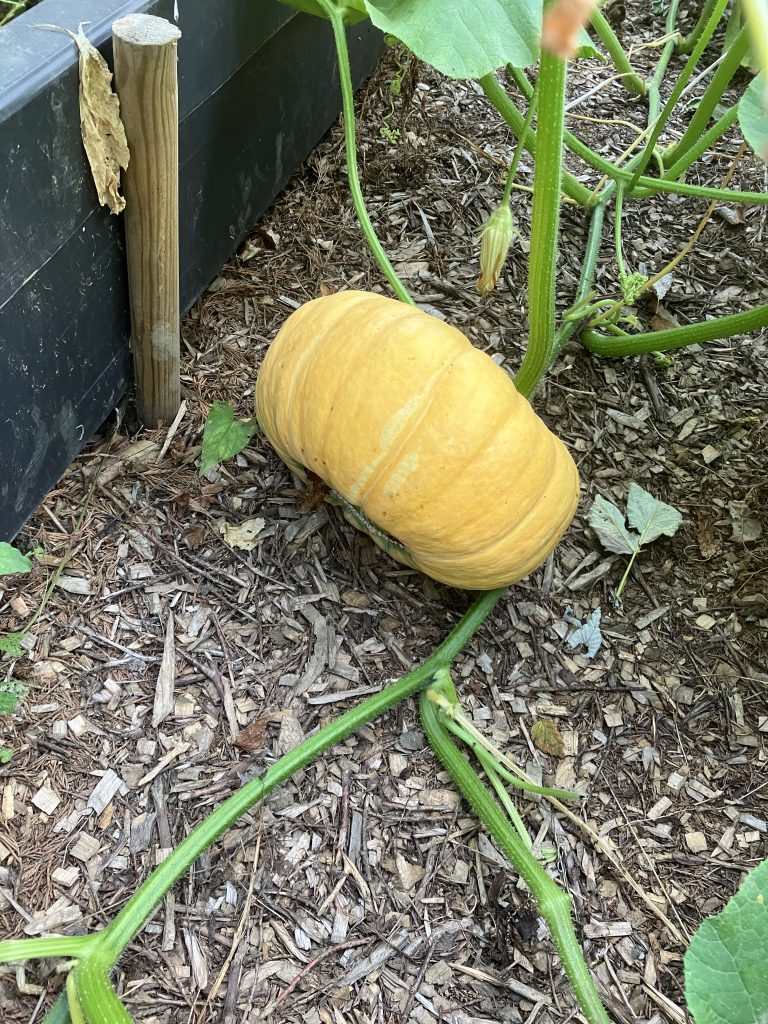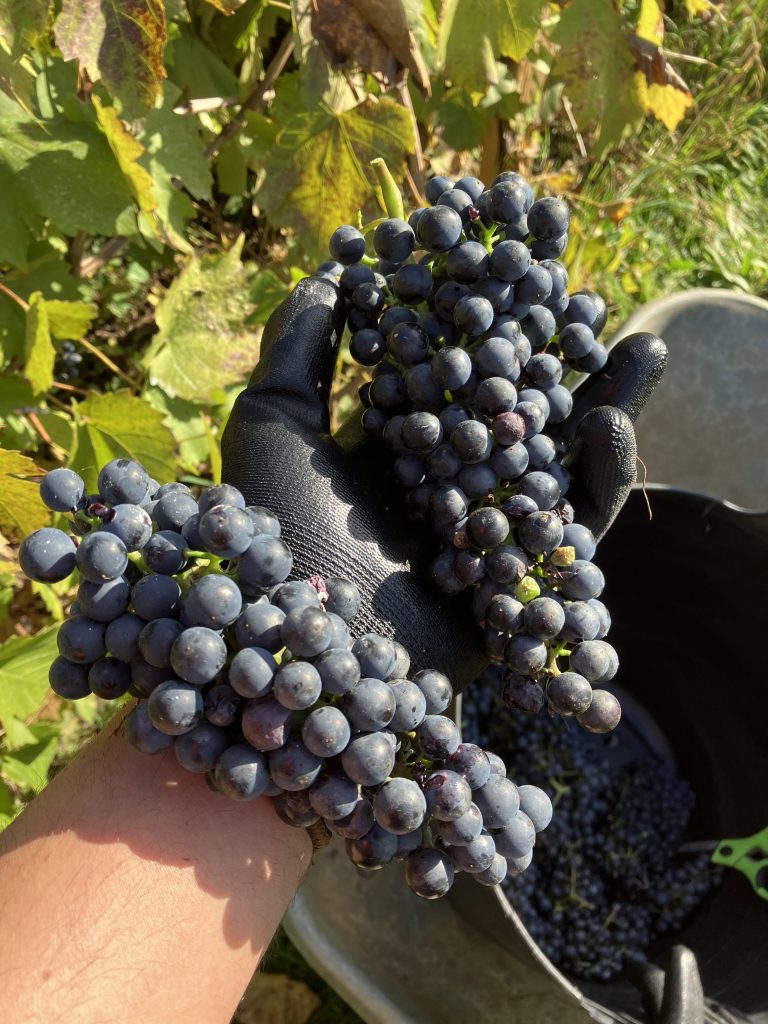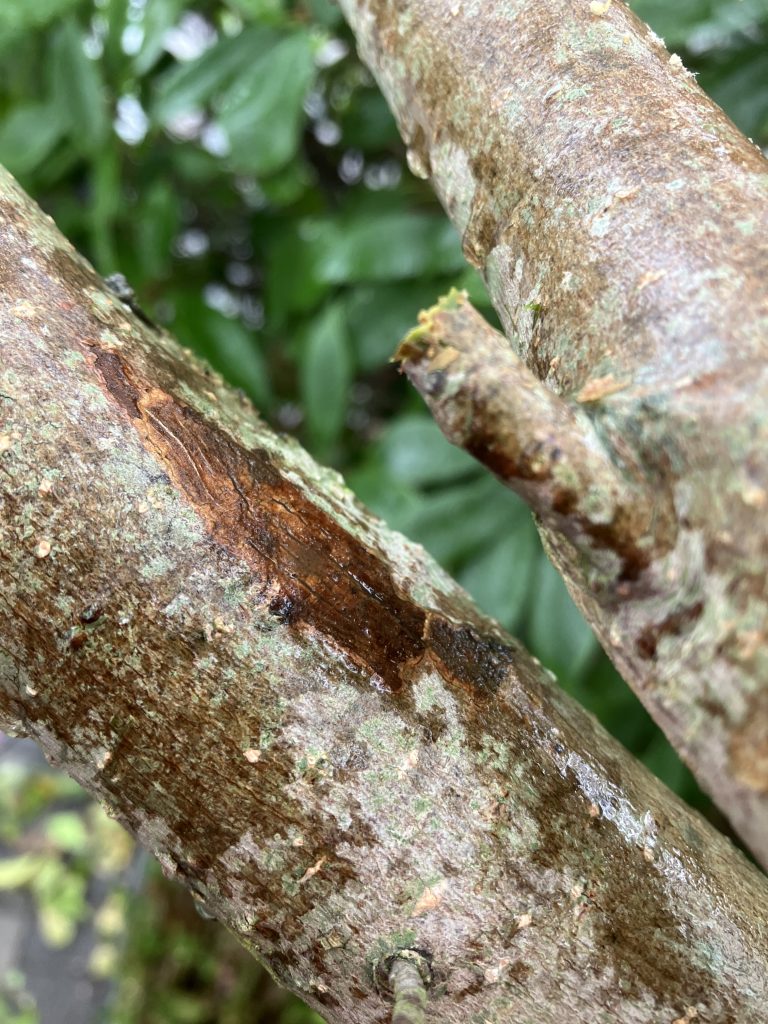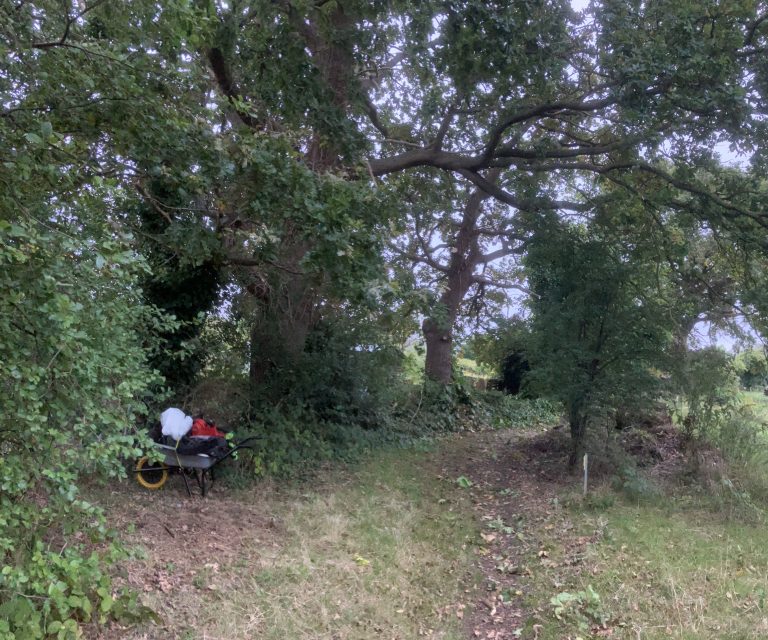The Art and Science of Oak Tree Pruning: Maintaining Health While Boosting Biodiversity
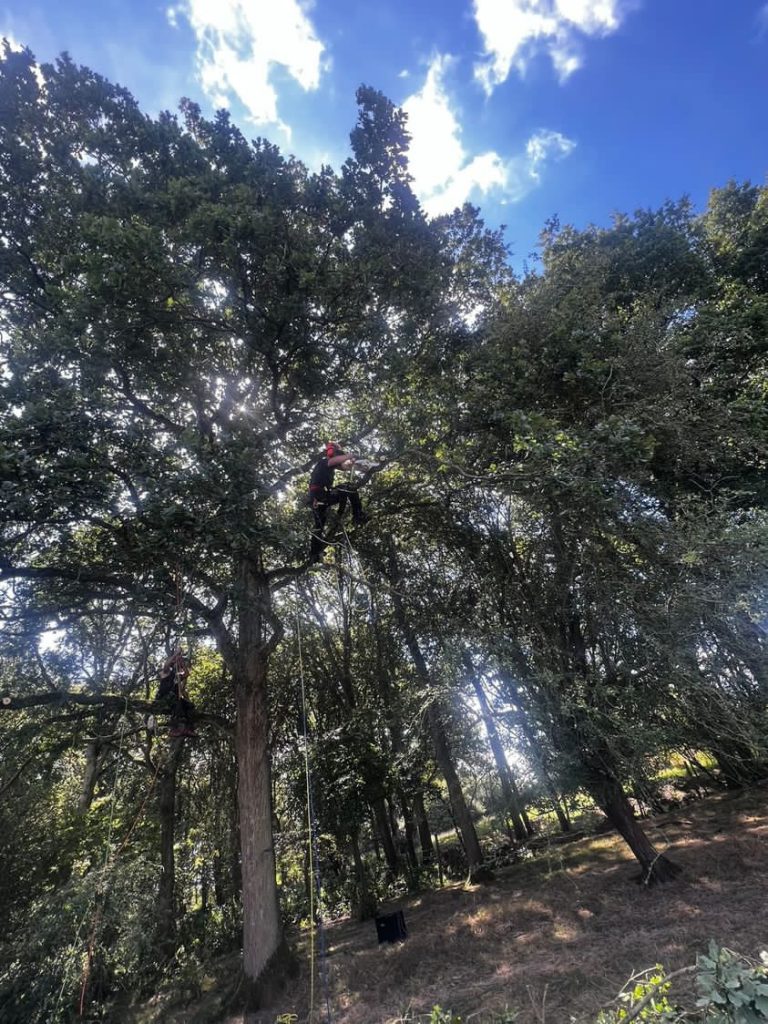
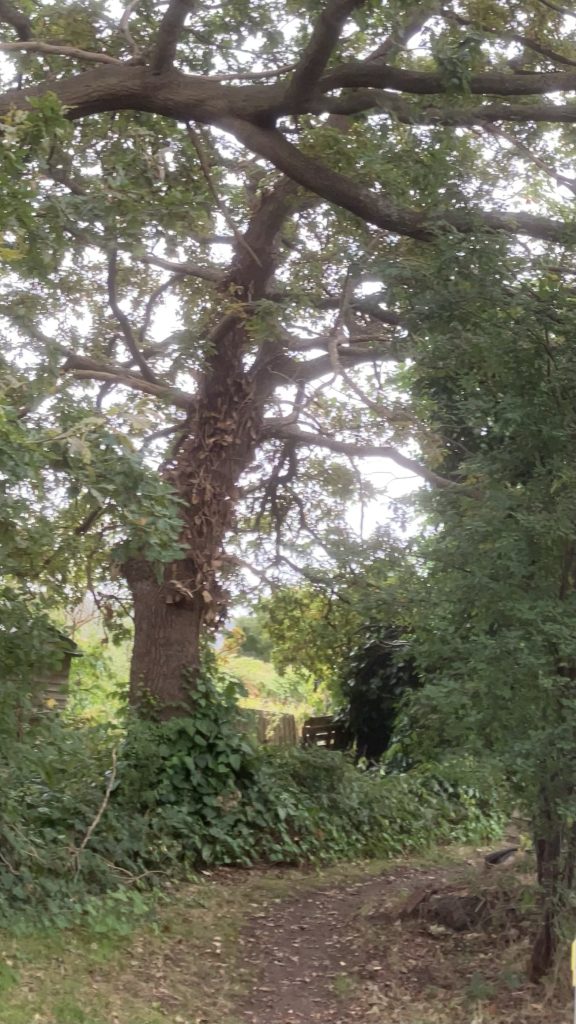
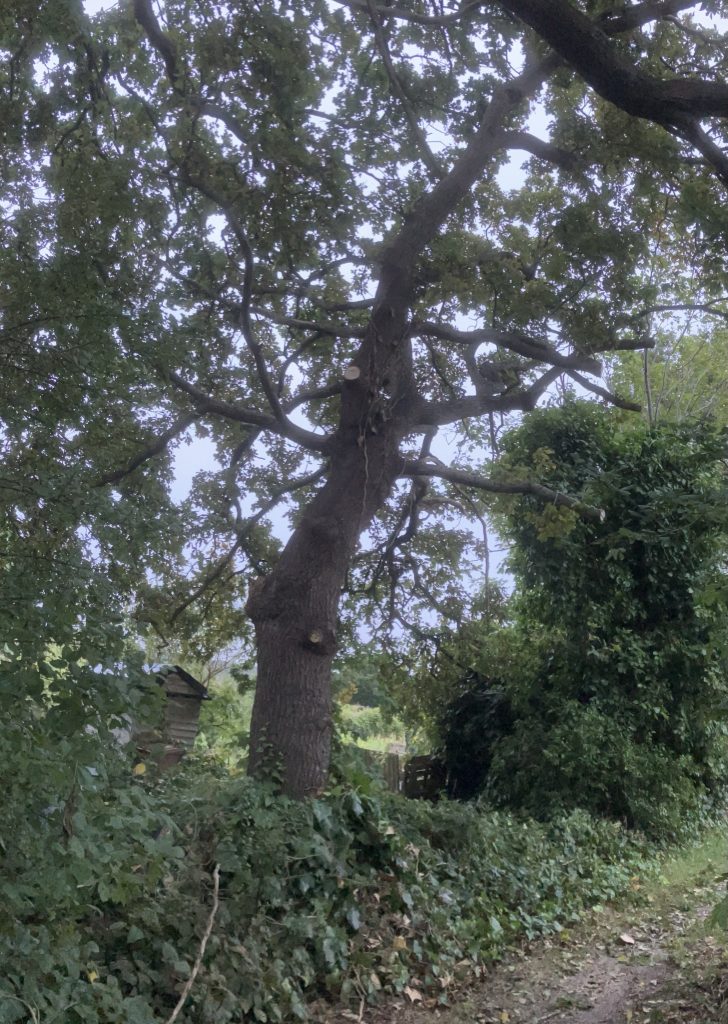
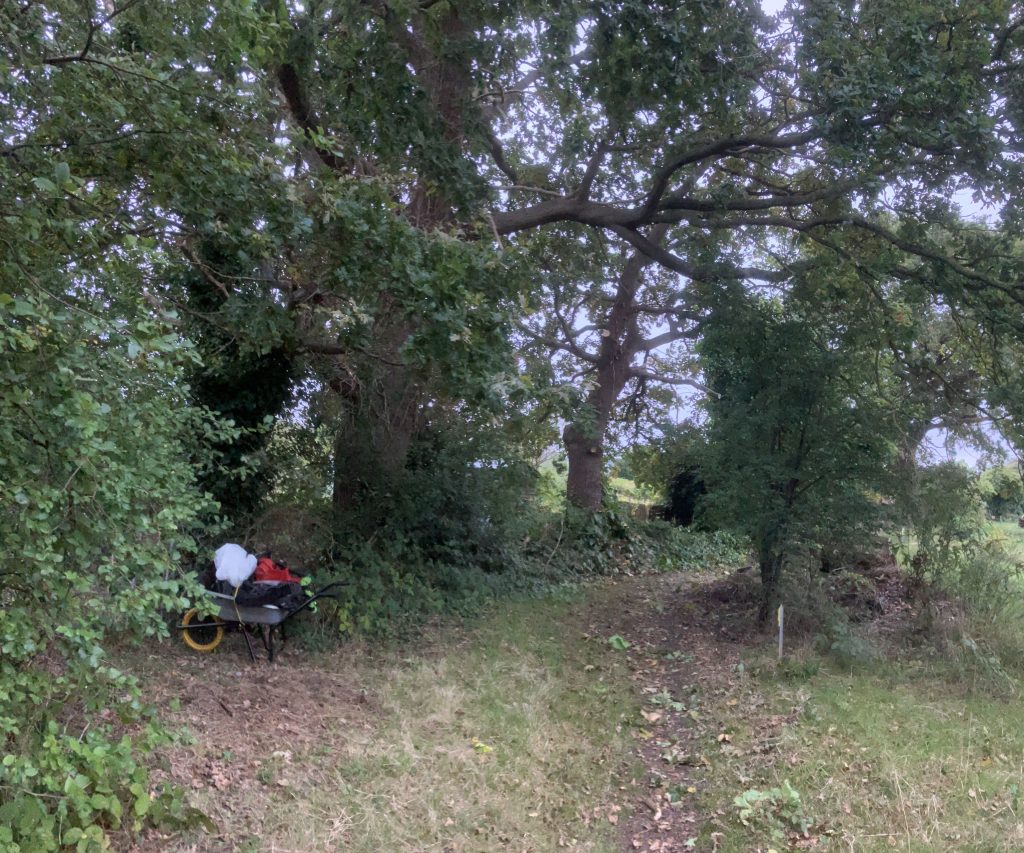
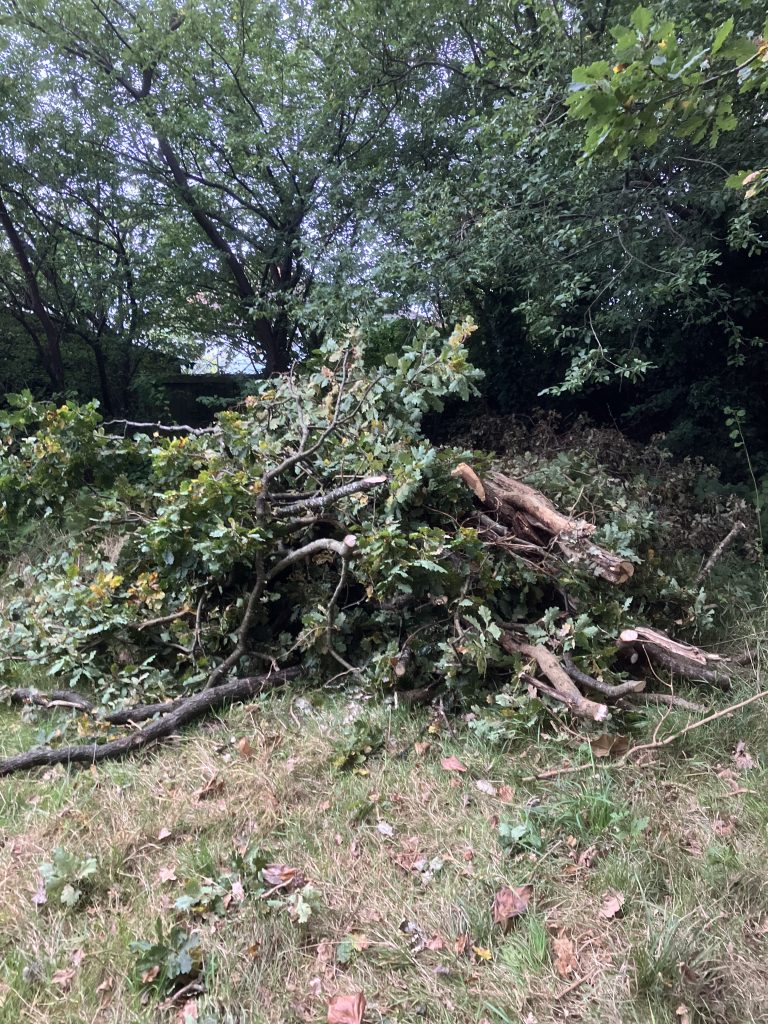
Oak trees are iconic elements of UK landscapes, woodlands, and gardens, providing shade, beauty, and immense ecological value. However, oak tree pruning is more than a routine task—it’s essential for maintaining tree health, preventing hazards, and enhancing biodiversity. When performed properly, pruning supports robust ecosystems that benefit wildlife, from insects and birds to mammals. This article delves into the fundamentals of oak tree pruning in the UK, covering its advantages, best timing, and important factors to ensure it promotes rather than disrupts natural habitats.
Why Oak Tree Pruning Matters
Fundamentally, pruning oaks involves removing dead, diseased, or overcrowded branches to keep the tree structurally sound and prevent it from posing risks to property or people. Regular pruning helps young oaks develop strong frameworks, while mature trees benefit from maintenance every few years. By eliminating weak or damaged limbs, pruning minimizes the spread of pests and diseases, allowing the tree to allocate energy toward healthy growth.
In addition to these benefits, oak pruning significantly contributes to biodiversity. Oaks are keystone species in the UK, supporting over 2,300 wildlife species, with 326 depending entirely on them for survival and 229 rarely found on other trees. Healthy, well-pruned oaks offer food sources like acorns and leaves, as well as nesting sites and shelter. Pruning can improve air quality, reduce heat, and foster natural pest control, creating a balanced environment for wildlife. Native oaks, such as English and sessile varieties, support richer ecosystems than non-natives, emphasizing careful management to preserve these vital resources.
Optimal Timing for Oak Tree Pruning
Timing is crucial for oak pruning to minimize stress and disease risk, such as acute oak decline or bacterial infections common in the UK. The safest period is during dormancy in late autumn to winter—typically November through February—when the tree is less vulnerable and healing is efficient. Alternatively, for formative pruning, mid-June to mid-September can be suitable, as the tree is in full leaf and wounds heal quickly. Avoid spring and early autumn when growth is active and risks are higher.
For young oaks, prune every 2-3 years to shape them; older trees need less frequent attention. Regional variations in the UK may apply, but winter remains the standard for most areas to align with dormancy.
| Oak Type | Recommended Pruning Time | Key Considerations |
|---|---|---|
| English Oak (Quercus robur) | Late autumn to winter (Nov-Feb) or mid-summer (Jun-Sep) | Focus on damaged branches; avoid if nesting birds present. |
| Sessile Oak (Quercus petraea) | Winter dormancy (Dec-Feb) or mid-summer (Jun-Sep) | Promote structure; check for pests like the oak processionary moth, whose caterpillars have black heads and bodies covered in long white hairs. |
| Red Oak (Quercus rubra, non-native) | Late winter (Jan-Feb) | Light prunes for shape; supports wildlife but less than natives. |
Enhancing Wildlife Habitats Through Pruning
Pruning oaks can greatly improve habitats for wildlife by encouraging balanced growth and resource availability. Strategic cuts allow light to penetrate the canopy, promoting understory vegetation that benefits ground-foraging animals and insects. A well-pruned oak provides diverse niches: lower branches for shelter, upper limbs for nesting, and acorns for food.
To maximize biodiversity, use selective pruning to retain deadwood where safe, as it harbors insects crucial for birds. Avoid over-pruning, which can reduce habitat features; limit removals to essential branches. Shape the tree with a central leader and well-spaced branches for strength and wildlife access. Native oaks, when pruned thoughtfully, support species like purple emperor butterflies, Bechstein’s bats, and woodpeckers.
Planning Around Bird Nesting Seasons
A critical aspect of oak pruning is avoiding disruption to wildlife, particularly during bird nesting. In the UK, it’s illegal to disturb active nests under wildlife laws. The main nesting season spans March to August, potentially extending if late breeders are present. Inspect trees for nests before pruning; if found, delay until fledglings depart.
For added protection, survey for other species like bats, which may require permits. Prune in winter to minimize impact, and leave some branches or debris piles for habitat.
Practical Tips for Effective Oak Tree Pruning
Use sharp, sterilized tools such as pruners, loppers, or saws for clean cuts that heal quickly. Make cuts near the trunk but not into the bark collar to promote healing. For young trees, focus on structure; for mature ones, remove hazards.
To ensure safety and best practices, adhere to BS 3998:2010, the British Standard for tree work recommendations, which provides guidelines on pruning techniques, biosecurity, and wildlife considerations. For taller or more complex oaks, professional arborists often employ rope access and harness systems, using chainsaws for precise cuts in elevated positions while minimizing ground disturbance. Avoid topping, which weakens the tree. Incorporate native underplanting to enhance ecosystems, and minimize chemicals to protect insects. Leave prunings in habitat piles to boost biodiversity.
Conclusion
Oak tree pruning, when done with care, elevates a basic upkeep activity into a means of ecological enhancement. By choosing the right timing, using proper techniques, and respecting wildlife seasons, you can ensure healthy trees that bolster biodiversity. Whether tending a single garden oak or a woodland grove, these methods help sustain vibrant UK environments for future generations. Consult certified arborists or local experts for site-specific guidance.
References
- TH Tree Services. (n.d.) Oak Tree Pruning: Getting the Timing Right. Available at: https://thtreeservices.co.uk/oak-tree-pruning-getting-timing-right/ (Accessed: 25 September 2025).
- Arbtalk. (2011) Best time to prune Oak. Available at: https://arbtalk.co.uk/forums/topic/35390-best-time-to-prune-oak/ (Accessed: 25 September 2025).
- Gardeners’ World Magazine. (2023) Complete Guide to Oak Trees. Available at: https://www.gardenersworld.com/how-to/grow-plants/complete-guide-to-oak-trees/ (Accessed: 25 September 2025).
- RHS Gardening. (n.d.) Trees: reducing their size safely. Available at: https://www.rhs.org.uk/plants/types/trees/reducing-size-safely (Accessed: 25 September 2025).
- Woodland Trust. (n.d.) Oak trees and wildlife. Available at: https://www.woodlandtrust.org.uk/trees-woods-and-wildlife/british-trees/oak-tree-wildlife/ (Accessed: 25 September 2025).
- British Standards Institution. (2010) BS 3998:2010 Tree work – Recommendations. Available at: https://knowledge.bsigroup.com/products/tree-work-recommendations (Accessed: 25 September 2025).
- Forest Research. (n.d.) Oak processionary moth (Thaumetopoea processionea). Available at: https://www.forestresearch.gov.uk/tools-and-resources/fthr/pest-and-disease-resources/oak-processionary-moth-thaumetopoea-processionea/ (Accessed: 25 September 2025).
- Ground Control. (n.d.) Rope Access Specialist Works. Available at: https://www.ground-control.co.uk/services/arboriculture/rope-access-specialist-works/ (Accessed: 25 September 2025).
- TAB Trees. (n.d.) Is It Illegal To Cut Down Trees In The Nesting Season?. Available at: https://www.tabtrees.co.uk/faq/will-the-presence-of-birds-or-bats-make-any-difference-to-my-tree-work/ (Accessed: 25 September 2025).
- HRG Tree Surgeons. (n.d.) Bird Nesting Season: 7 things you need to know. Available at: https://www.hrgtreesurgeons.co.uk/blog-tree-surgeon-southampton/bird-nesting-season-7-things-you-need-to-know (Accessed: 25 September 2025).

